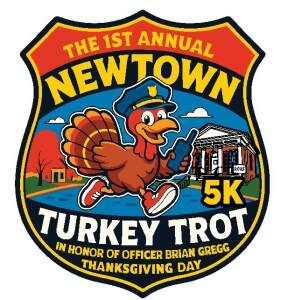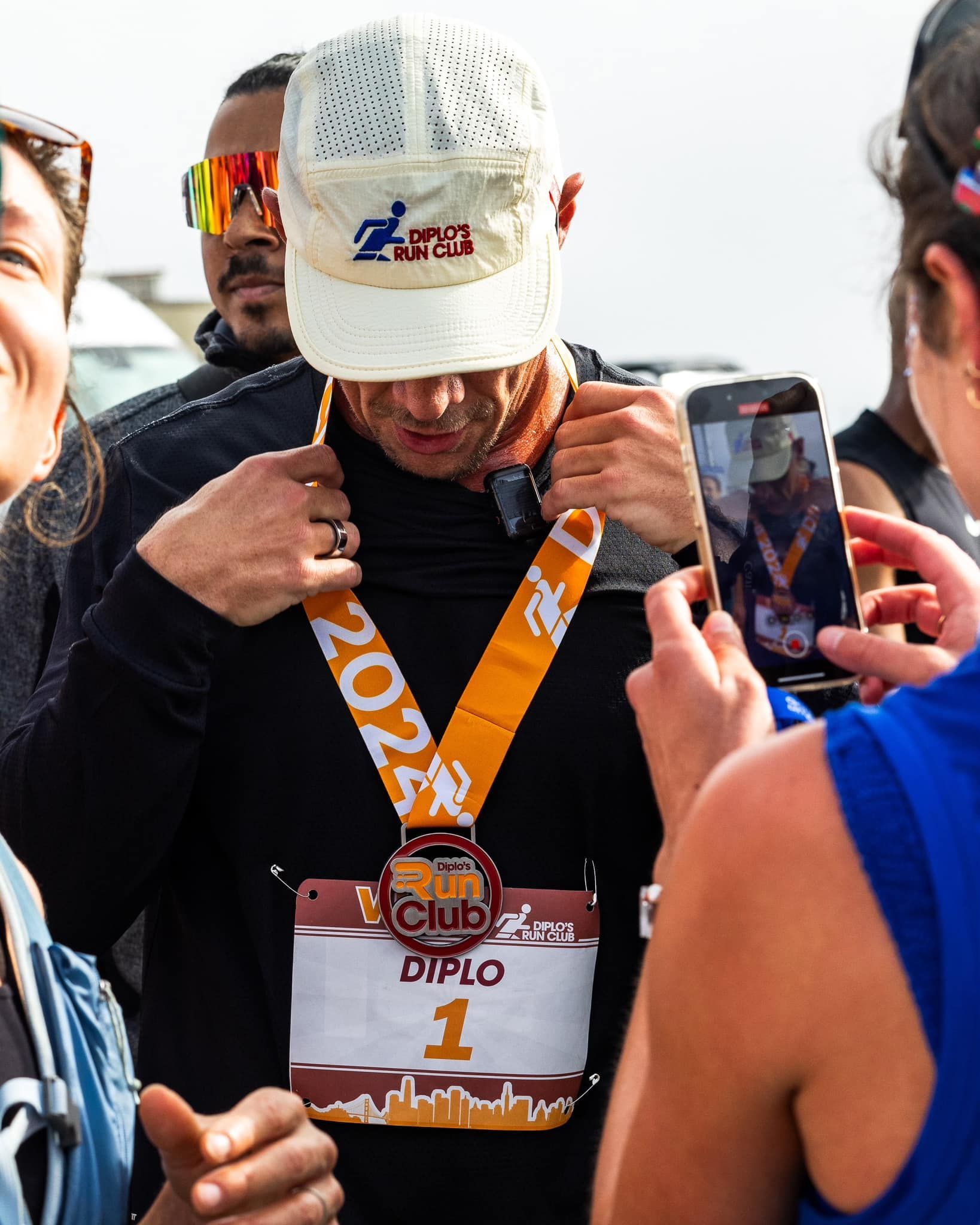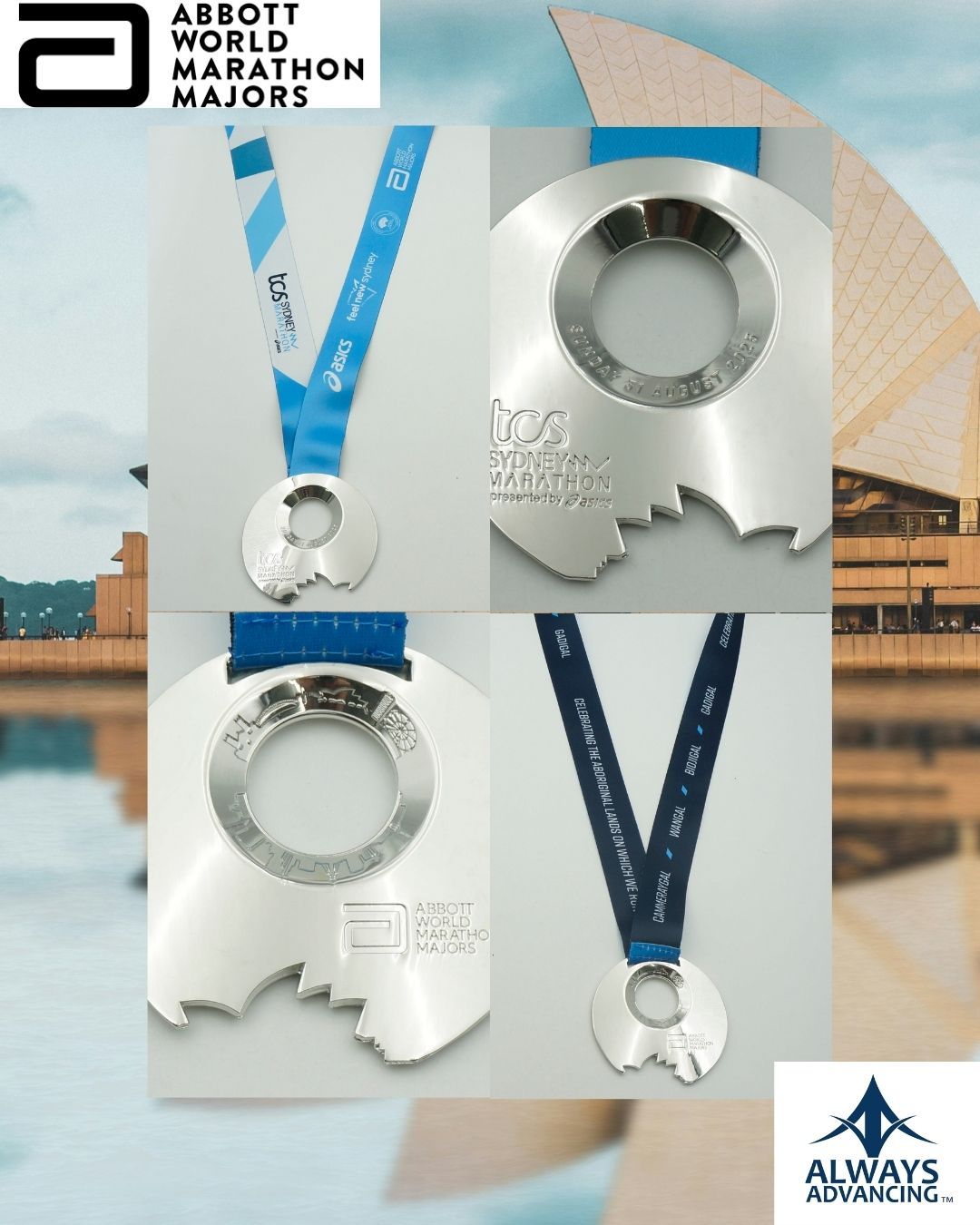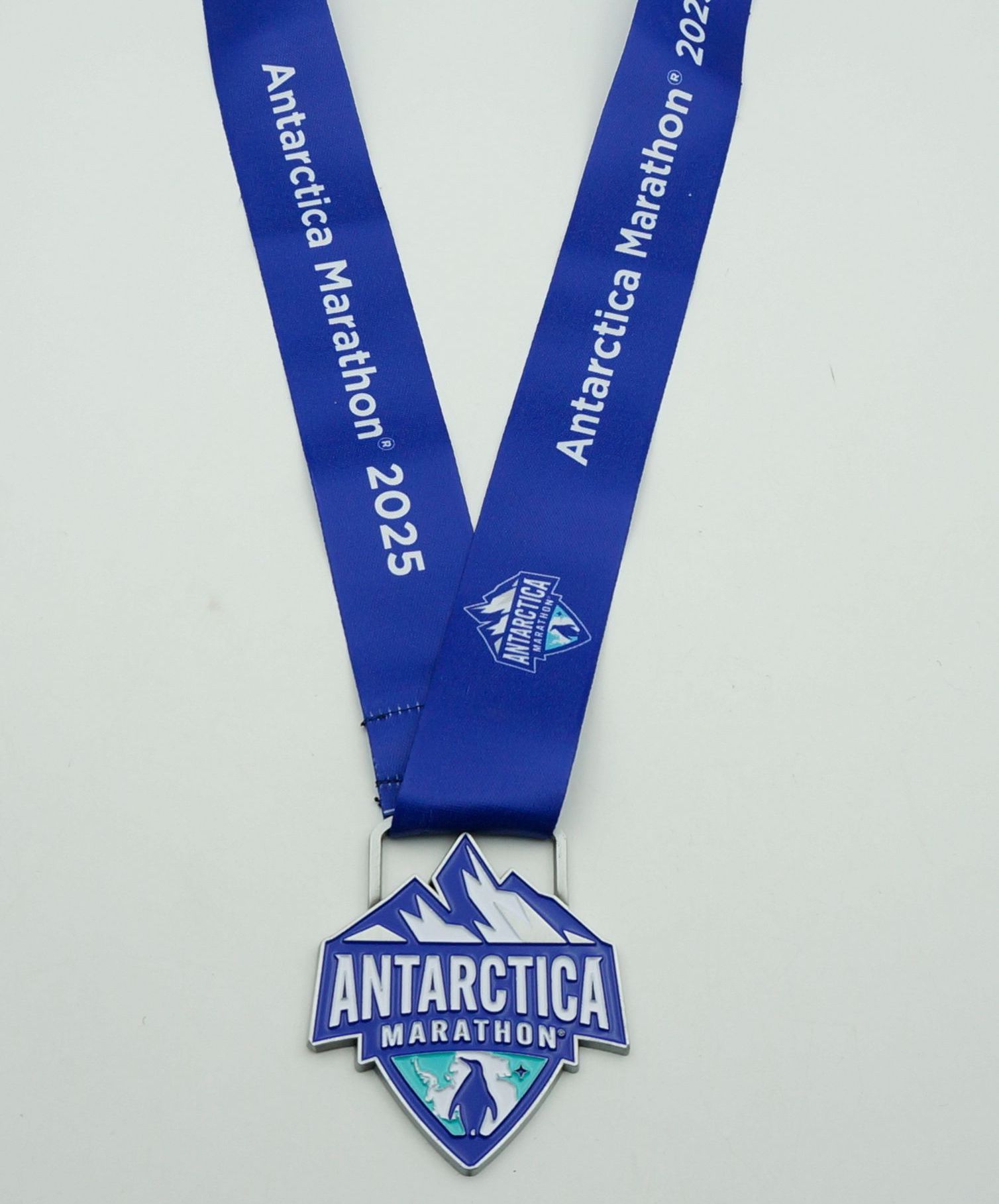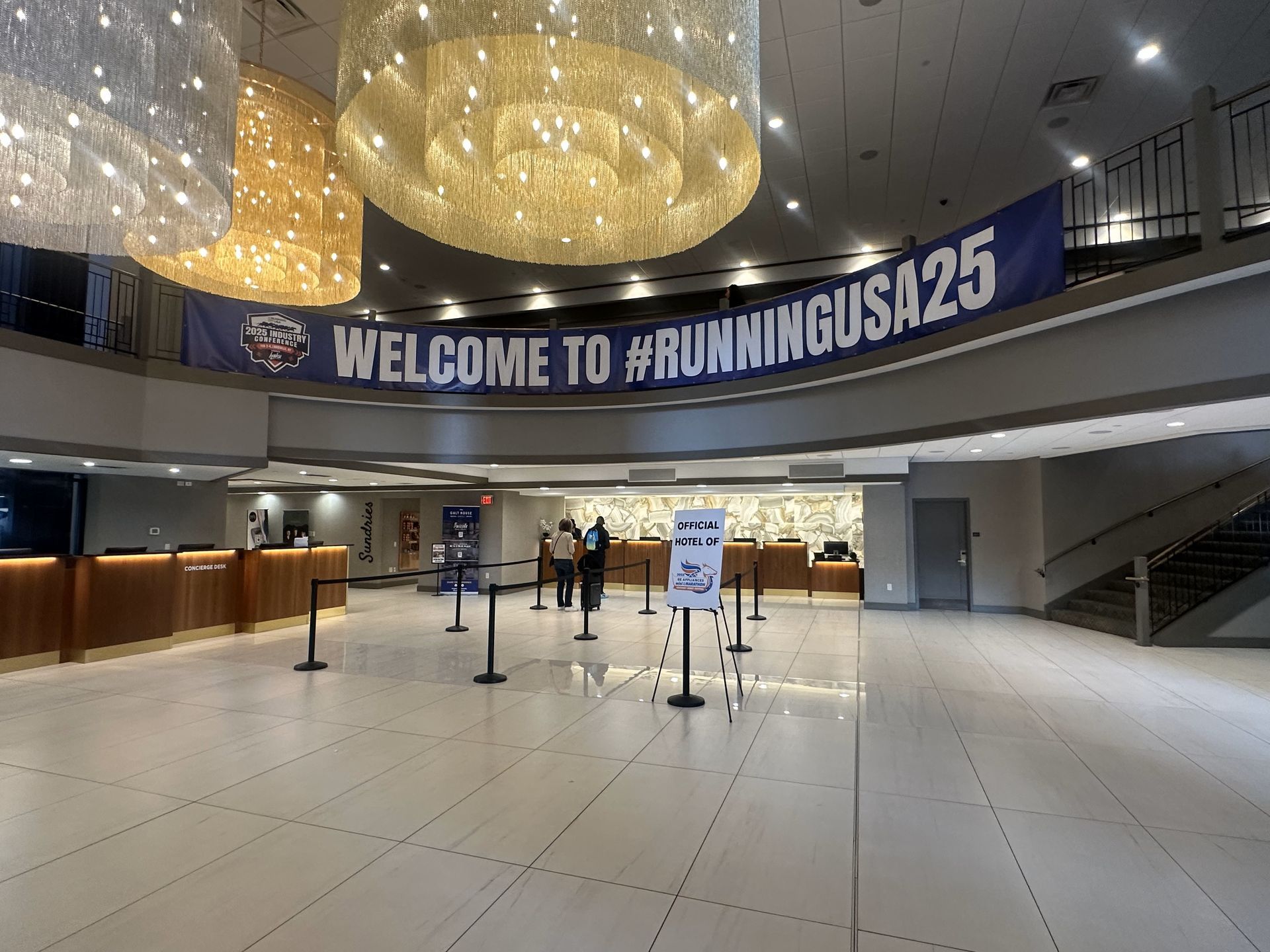Women's History Month: Making Strides
A History of Women in Running
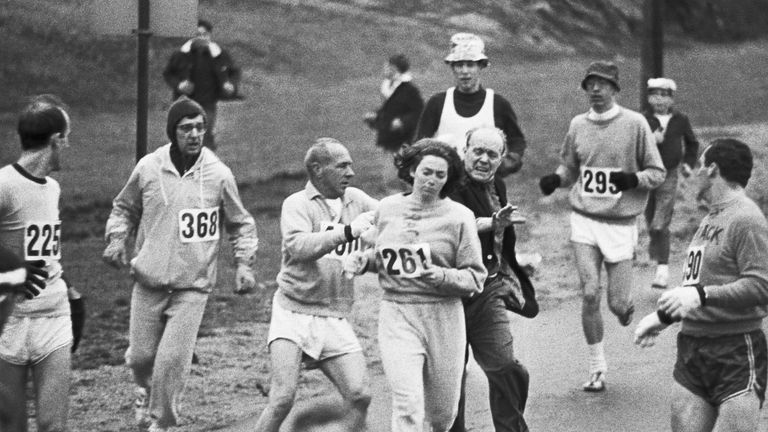
Photo by Getty Images/Sports Illustrated
In honor of Women’s History Month, let’s take a jog down memory lane and celebrate the brave and impactful women who toed the line before us.
The starting gun fires in 1928 when the Olympic Games cautiously opened its track and field events to women, only to backtrack and impose restrictive measures on their participation after reports were made that multiple women collapsed after running the 800m. After that, women weren't allowed to race any distance longer than 200m.
Now obviously, the marathon is a lot longer than 200m, and women weren’t legally allowed to participate in marathons until 1972. However, that didn’t stop several women from finding ways to run before that. In 1966, Roberta Gibb hid in the bushes near the starting line of the Boston Marathon until the gun went off, at which time she burst out of the bushes and went on to complete the full marathon. Another creative tactic was used by Katherine Switzer the following year, when she filled out an application for the Boston Marathon using only her initials, "K.V. Switzer." Officials didn’t know she was a woman until she showed up at the starting line, at which time they tried to physically remove her (as seen in the photo above), but they were unsuccessful, and she also went on to complete the whole race.
When the A.A.U. permitted its sanctioned marathons (including Boston) to allow women participants in late 1971, eight women started and completed the 1972 Boston Marathon. That same year, six women were allowed to compete in the New York City Marathon, but they were given a handicap: they had to start ten minutes before the men. At the starting line, they sat down in protest.
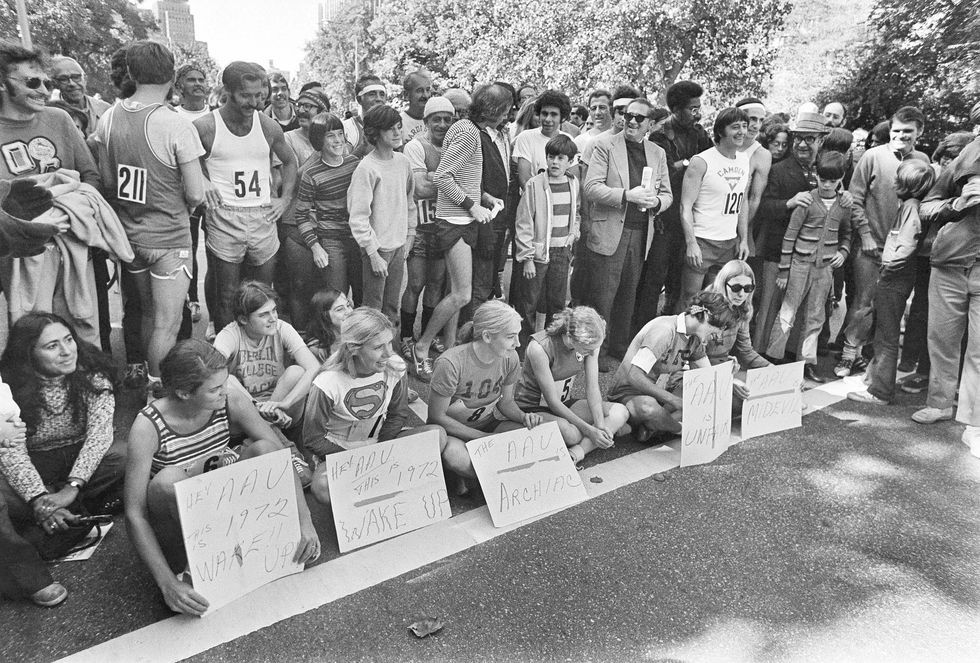
"The Six Who Sat," photographed by Patrick A. Burns/The New York Times
Now let’s take a moment to pause and recognize the fact that all of these achievements were made by women who didn’t even have sports bras on, because sports bras weren’t invented until 1977!
Hinda Miller, Lisa Lindahl, and Polly Smith (shown in the middle in the photo below) collaboratively created the earliest prototype of the modern sports bra by sewing together two jockstraps. It was initially called the “jock bra,” then “jog bra,” then finally “sports bra.”
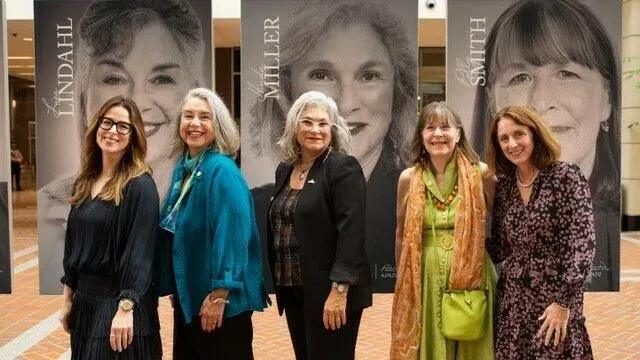
Photo from NPR via Lisa Lindahl
"Before the sports bra, no woman would ever take off her shirt. But that's not what's important," Lindahl says. "What's important is the sense of confidence and the ability that the correct athletic gear gives you."
These stories and accomplishments are testaments to the resilience, courage, and strength of women, and are proof that despite people constantly underestimating what women are capable of, we keep proving them wrong. So as we tie up our laces, whether for a casual jog or a competitive race, let’s carry forward the legacy of these remarkable women. Let their determination and perseverance remind us that no distance is too great and no barrier is too high.









